All I know is I want to measure light. Should I use a light meter, lux meter, laser power meter, optical power meter, radiometer, photometer, spectrometer, or something else I have yet to hear of?
Good question.
I actually set out to write a blog post about optical power meters, but as I sifted through all these different meters, I wondered if some sort of de-jumbler would be in order.
Here are the main terms used to describe light or optical measurement as far as I know:
- Photometer (including lux meter)
- Radiometer
- Laser Power Meter
- Optical Power Meter
Radiometry versus Photometry
Let’s start with something concrete and easily defined. There are two ways to analyze light:
- Radiometrically – this refers to the objective measure of light, not dependent on the subject (viewer) or the wavelength. Radiometry uses the classic units likeWatts (power) and Joules (energy).
- Photometrically – this refers to the subjective measure of light, as seen by the human eye. As such, all wavelengths other than visible will be measured as zero. The three most commonly-used photometric units are:
A. Lumen (lm) to measure “luminous flux” which is analogous to radiometric power
B. Candela (cd) to measure “luminous intensity” which is flux in a specific direction . (solid angle).
C. Lux to measure “luminance” which is flux that hits a given area.
Photometers
According to Gamma Scientific, there are several types of photometers, one to measure each unit (lux, cd, etc.). They also have a neat analysis of which type is used for which application.
However, be careful! Photometers can also refer to something that’s usually called a spectrometer or spectrophotometer. This is a different instrument altogether. Spectroscopy uses the fact that light bounced off a given element has a unique signature (or spectrum). This can be very useful in identifying materials. (One example that comes to mind is the Mars rover Curiosity, which uses this method to examine rock samples.)
Radiometers
Technically speaking, this can be any light measurement device that uses radiometric units to measure power.
According to Wikipedia, this usually refers to IR measurement.
Laser Power Meter
This one is pretty well-defined.
Any device used to measure the power of a laser can generally be called a “laser power meter.” Keep in mind that there can be some overlap, as a laser power meter can be considered a specific type of radiometer (or photometer, like the PD300-CIE).
Optical Power Meter
This last term is officially general, but in practice quite specific.
Optical power means light power, so this could really refer to all the devices mentioned so far in this blog. Nonetheless, the convention is to use “optical power meter” to refer specifically to the measurement of power in fiber-optic systems.
Wrap-up
It’s worth reiterating that there may be a significant overlap between the various meter categories. Any light measurement device can be called an optical power meter, as well as either a radiometer or a photometer. This guide is intended as a rule of thumb, since many of these terms are generally used in a way other than their technical definition.
You may find the following Venn diagram useful. Or you might think John Venn is rolling in his grave.
Did I leave out a category? Would you define something differently? Let me know in the comments.
You might also like to read: Understanding BP dynamic range units

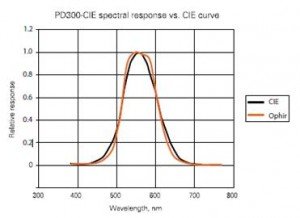
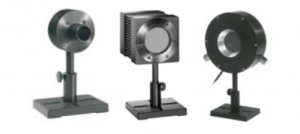
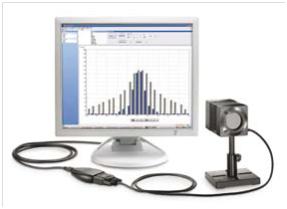
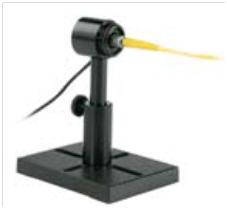

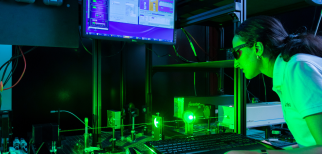
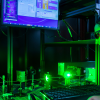

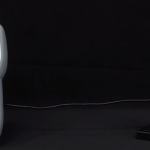


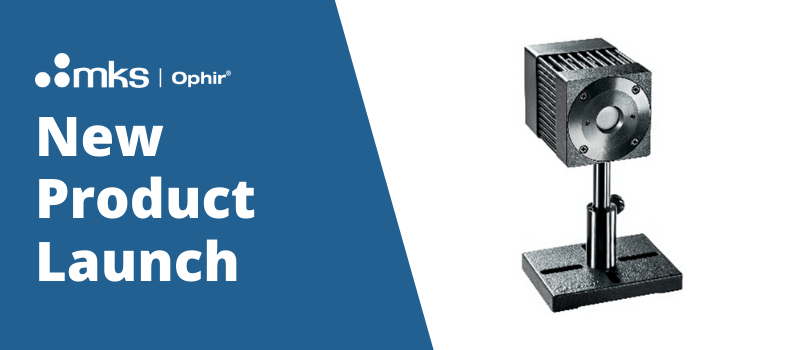

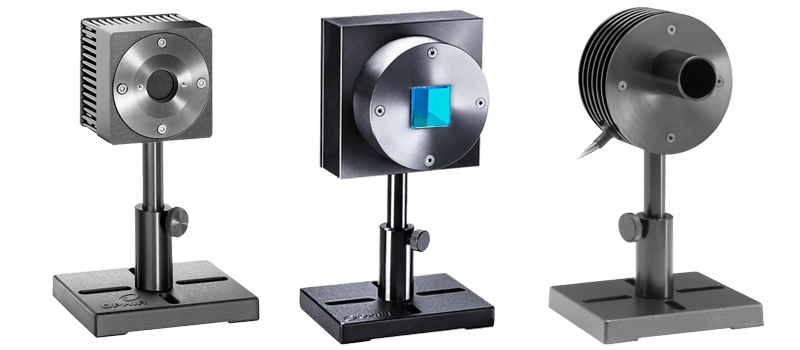
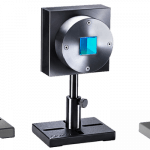


Another category to consider is “spectroradiometer”. The Photonics Dictionary defines a spectroradiometer as “An instrument for measuring the radiant energy from a source at each wavelength throughout the spectrum.”